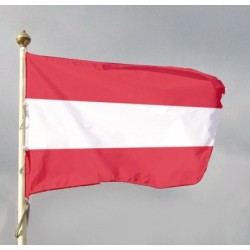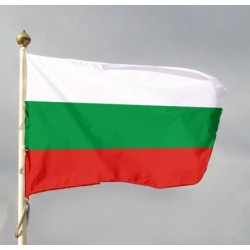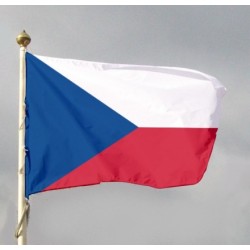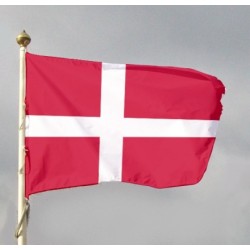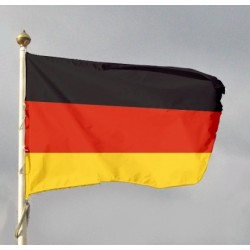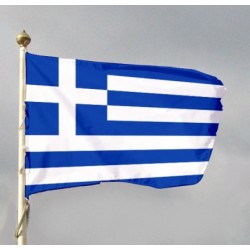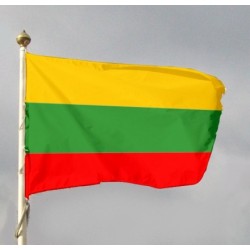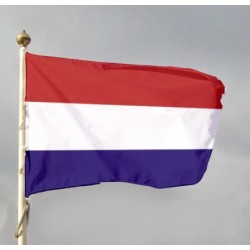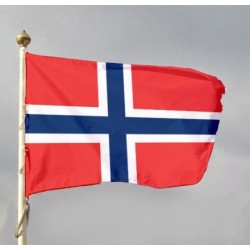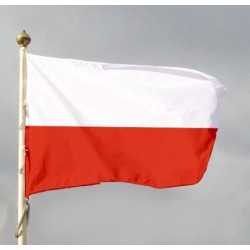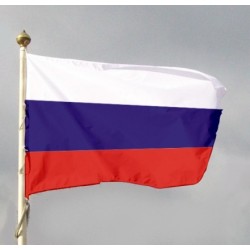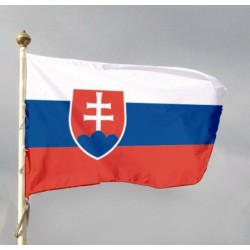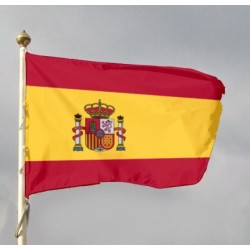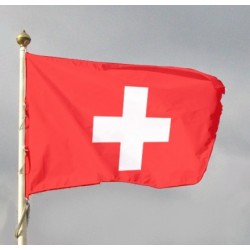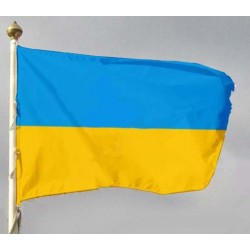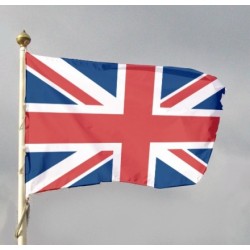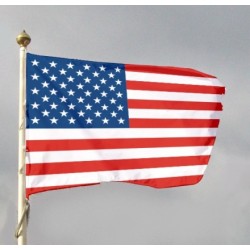Sort by:
- 23 Carbine
- 23 Eyelets
- 23 Tunnel
-

Austria
price from 25,00€Select options This product has multiple variants. The options may be chosen on the product page -

Bulgaria
price from 25,00€Select options This product has multiple variants. The options may be chosen on the product page -

Czech Republic
price from 25,00€Select options This product has multiple variants. The options may be chosen on the product page -

Denmark
price from 25,00€Select options This product has multiple variants. The options may be chosen on the product page -

France
price from 25,00€Select options This product has multiple variants. The options may be chosen on the product page -

Germany
price from 25,00€Select options This product has multiple variants. The options may be chosen on the product page -

Greece
price from 25,00€Select options This product has multiple variants. The options may be chosen on the product page -

Hungary
price from 25,00€Select options This product has multiple variants. The options may be chosen on the product page -

Latvia
price from 25,00€Select options This product has multiple variants. The options may be chosen on the product page -

Lithuania
price from 25,00€Select options This product has multiple variants. The options may be chosen on the product page -

Malta
price from 25,00€Select options This product has multiple variants. The options may be chosen on the product page -

Netherlands
price from 25,00€Select options This product has multiple variants. The options may be chosen on the product page -

Norway
price from 25,00€Select options This product has multiple variants. The options may be chosen on the product page -

Poland
price from 25,00€Select options This product has multiple variants. The options may be chosen on the product page -

Portugal
price from 25,00€Select options This product has multiple variants. The options may be chosen on the product page -

Russia
price from 25,00€Select options This product has multiple variants. The options may be chosen on the product page -

Slovakia
price from 25,00€Select options This product has multiple variants. The options may be chosen on the product page -

Spain
price from 25,00€Select options This product has multiple variants. The options may be chosen on the product page -

Sweden
price from 25,00€Select options This product has multiple variants. The options may be chosen on the product page -

Switzerland
price from 25,00€Select options This product has multiple variants. The options may be chosen on the product page -

Ukraine
price from 25,00€Select options This product has multiple variants. The options may be chosen on the product page -

United Kingdom
price from 25,00€Select options This product has multiple variants. The options may be chosen on the product page -

USA
price from 25,00€Select options This product has multiple variants. The options may be chosen on the product page
